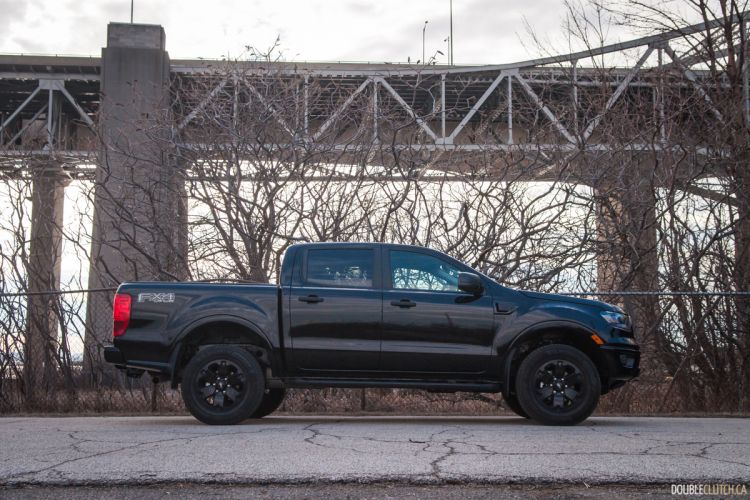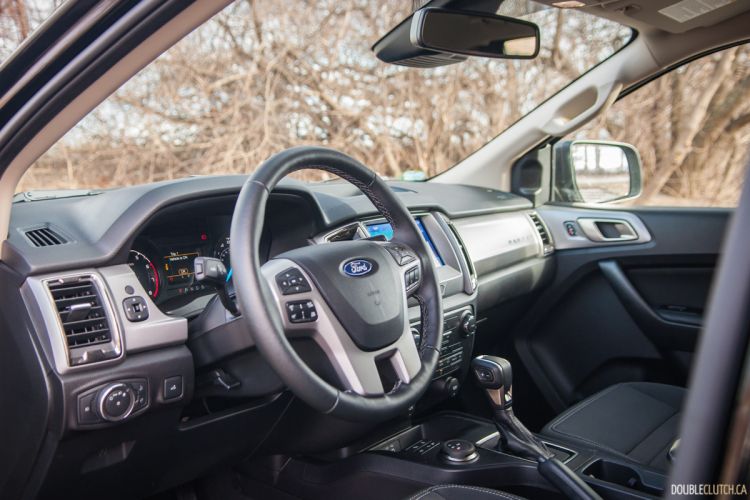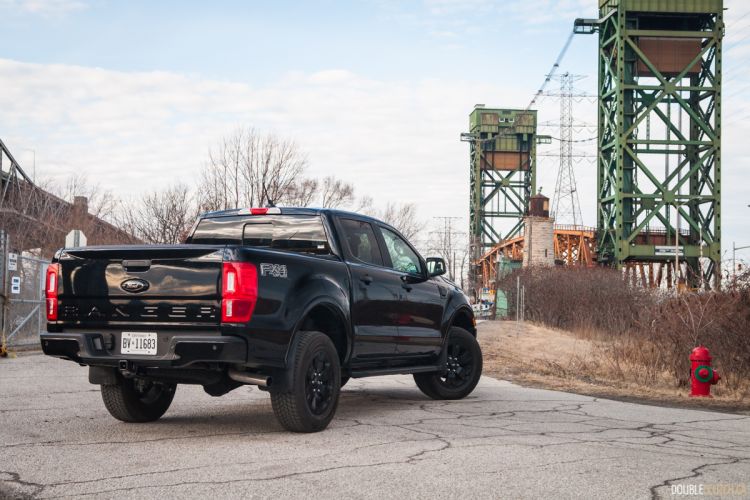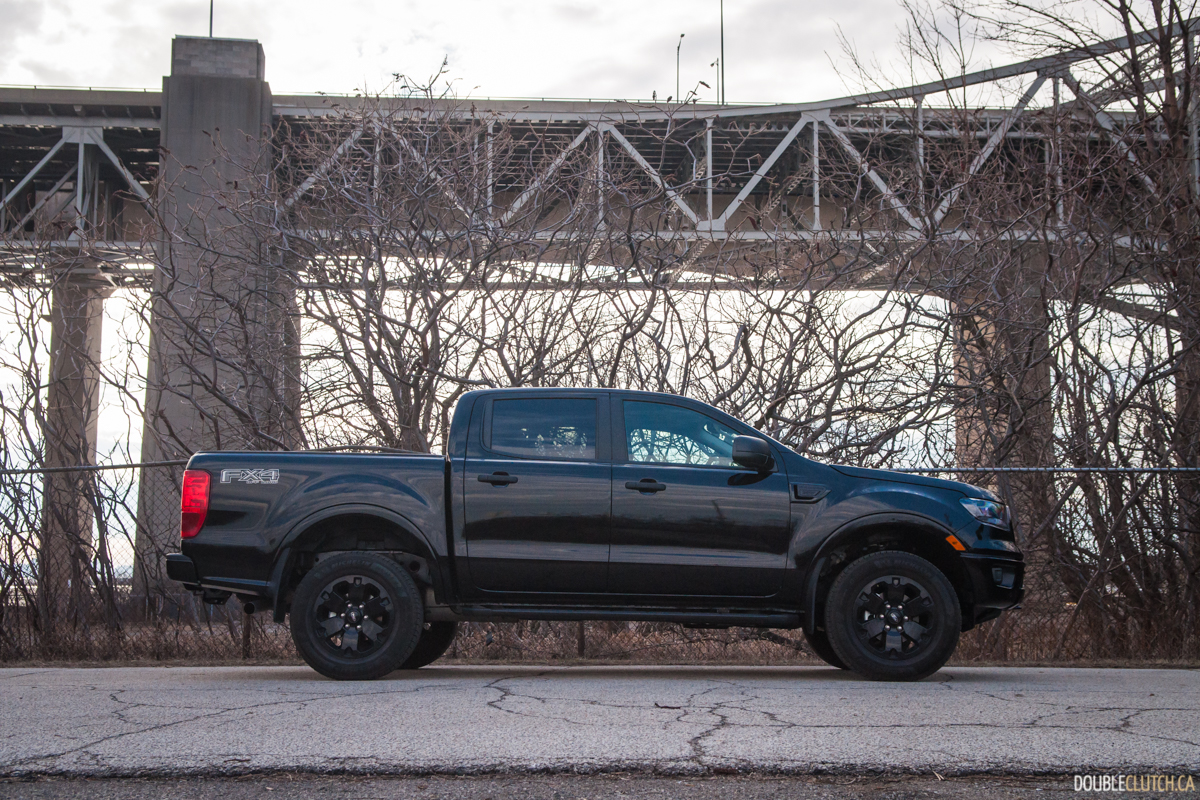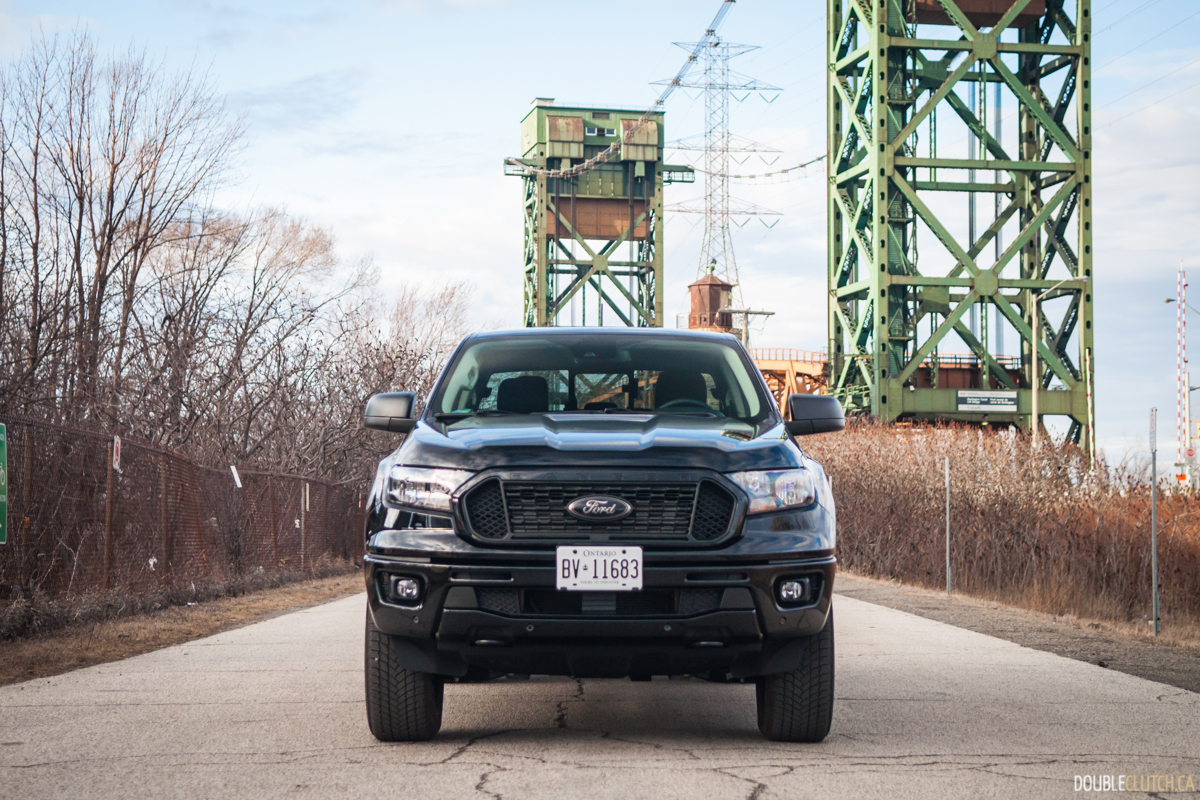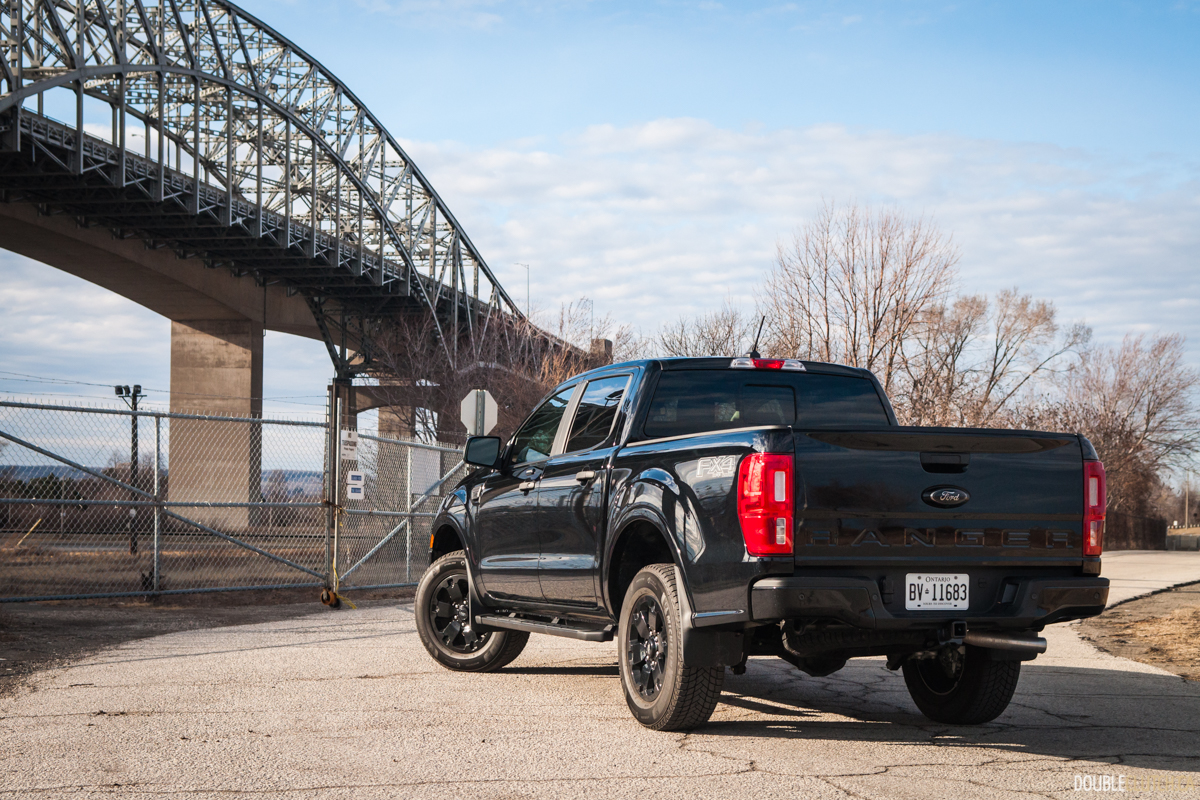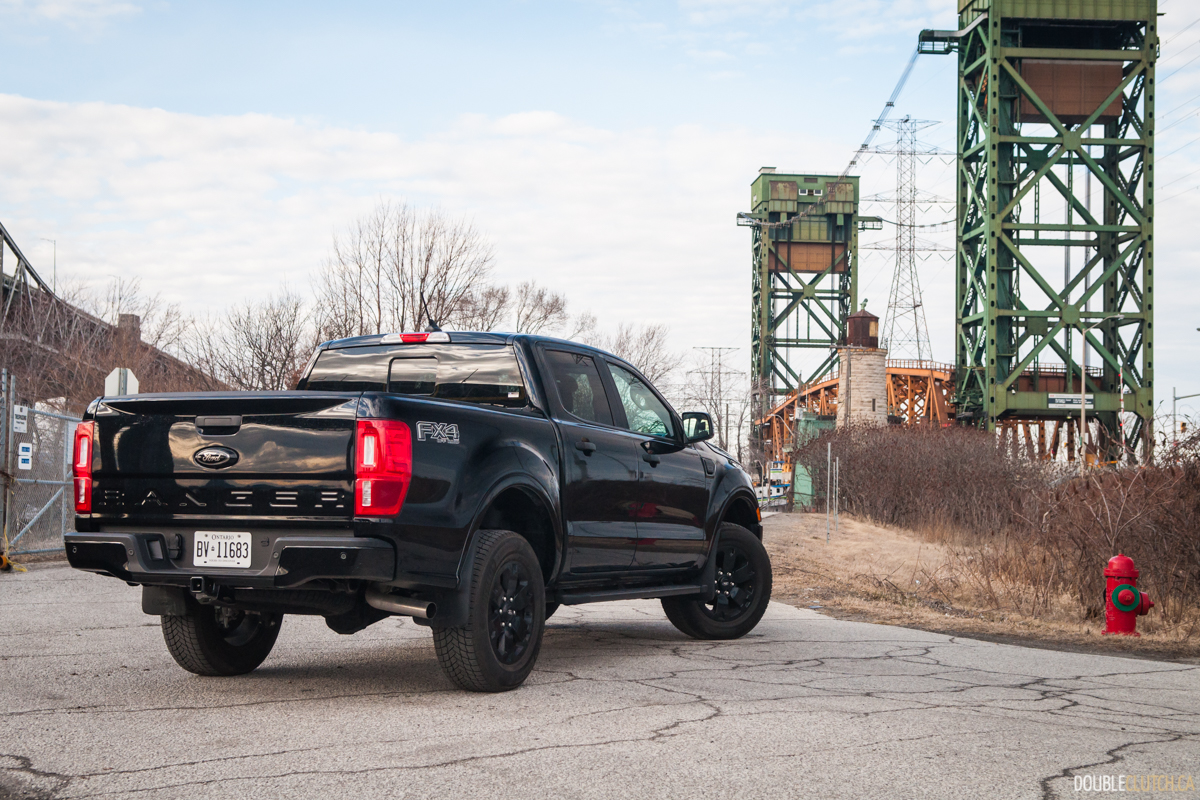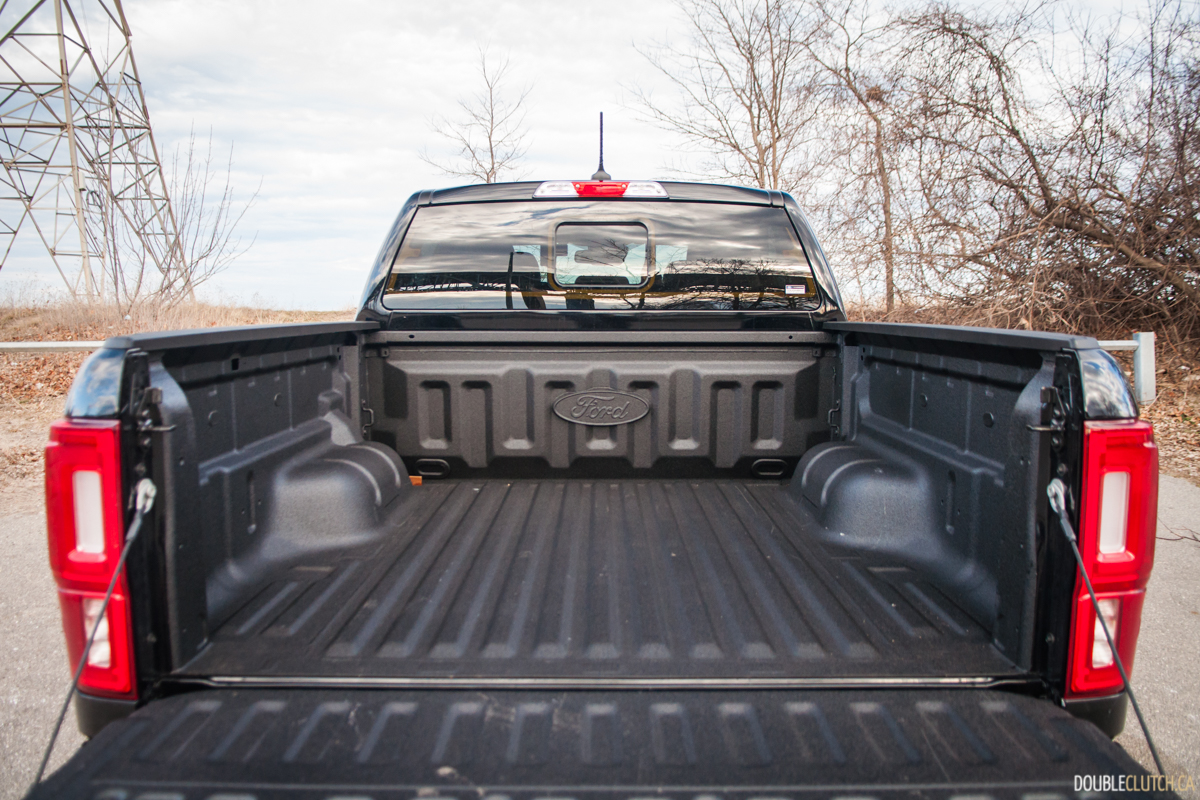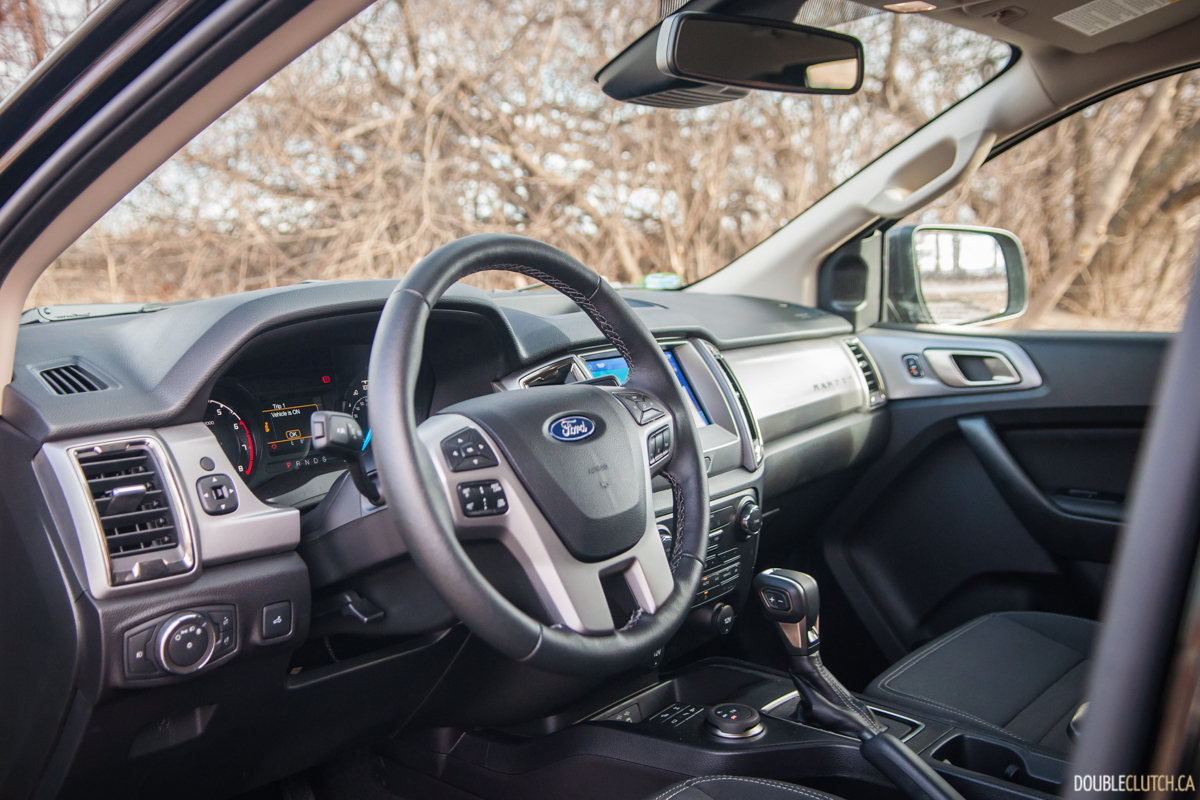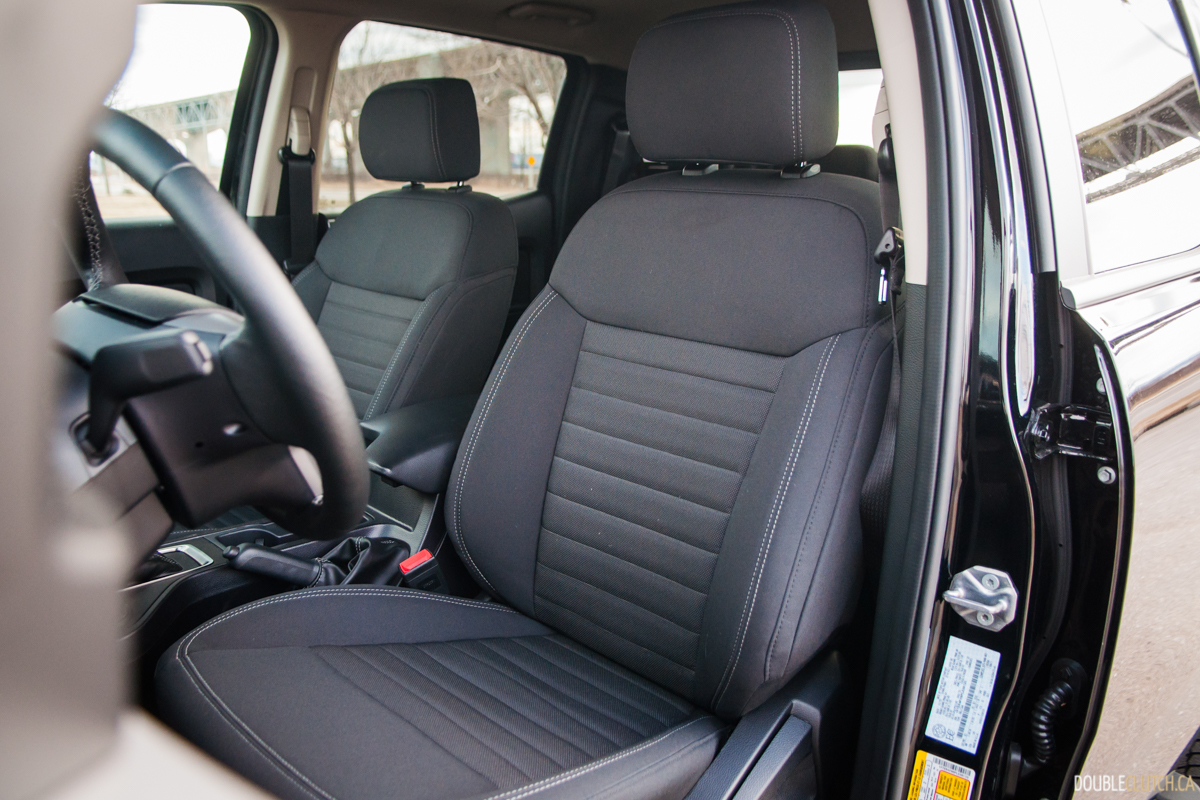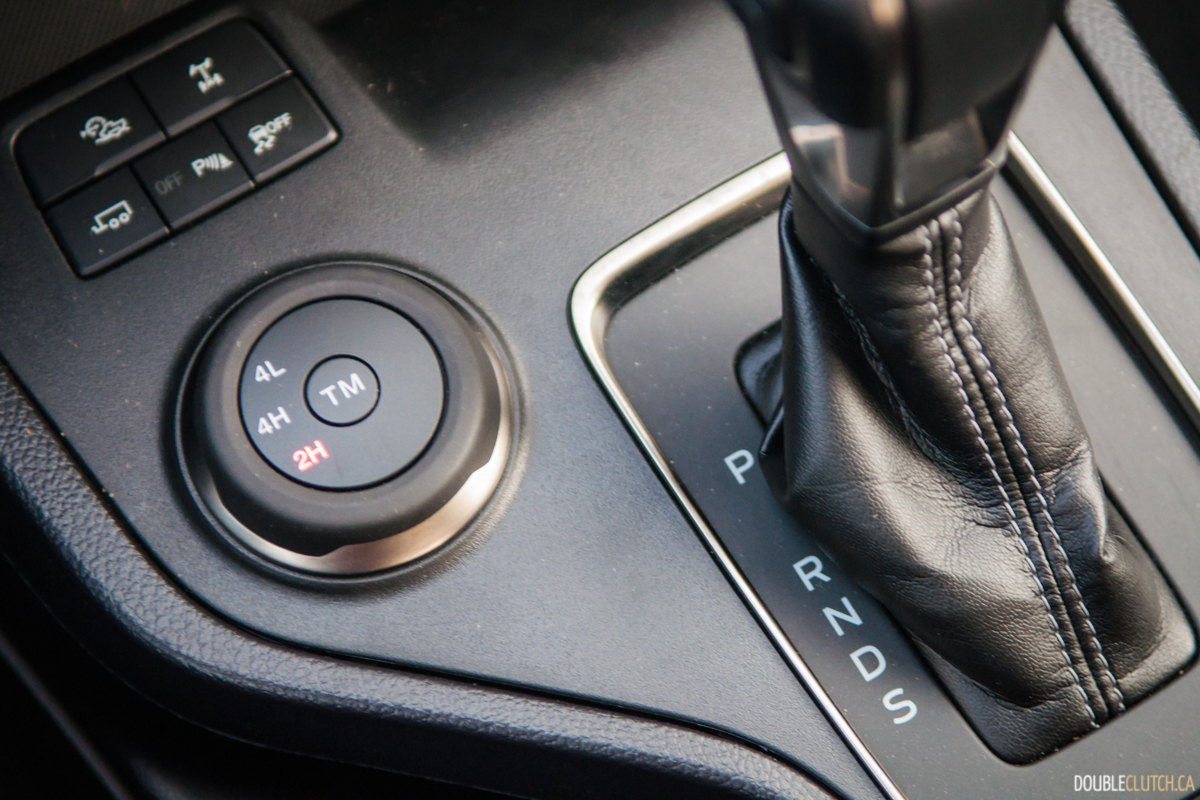Bigger isn’t always better, especially when it comes to pickup trucks. This may seem crazy, but not everyone needs (or wants) a truck that may as well be the same size as an overpriced bachelor apartment in downtown Toronto. If you find yourself in this camp, the 2023 Ford Ranger XLT could be all the pickup you’ll ever need.
First, a bit of a history lesson on the Ranger’s tumultuous run, at least here in Canada. Since its introduction in 1983, the Ranger stuck around for almost 30 years until Ford pulled the plug in 2011, while the rest of the world got a redesigned truck. Well, whaddaya know — Ford called a mulligan, because in 2019, the Ranger returned to the U.S. and Canada based on the truck that debuted eight years prior.
Trouble is, eight years is a long time in the automotive world. The Ranger was already outdated when it was reintroduced in 2019, and it hasn’t fared much better today. But that doesn’t mean you should dismiss it completely — if you dig deep enough, there’s still a lot to like about Ford’s right-sized trucklet.
Ford keeps it simple with powertrain options. All Rangers come with a 2.3-litre turbocharged four-cylinder engine, rated at 270 hp and 310 lb-ft of torque. It’s paired to a 10-speed automatic transmission, and part-time four-wheel-drive is standard. Despite the engine’s sporty origins — it’s the same powerplant you’d find in the base Mustang, as well as the Focus RS once upon a time — it’s not exactly refined or remarkable in terms of performance. At the same time, there’s enough grunt for enough for most scenarios, so it’s not all doom-and-gloom.
On the other hand, the Ranger’s 10-speed automatic may have a few too many gears. It’s well-behaved for the most part, but once in a while, you’ll get a stumble off the line, a rough shift at low speeds, or a slight delay as it hunts for the correct gear. Flipping the Ranger into sport mode wakes it up a bit, but you’ll still encounter the occasional lumpy shift. This complaint isn’t endemic to the Ranger, either — we’ve noted similar behavior from other Fords with the turbo-four and 10-speed auto combo.
If you can live with the transmission quirks, the rest of the Ranger experience is actually pretty decent. It’s no Bentley of the Bible Belt — you’ll feel the bigger potholes and bumps, and it vibrates ever so slightly whenever you floor it — but the ride is otherwise relaxed, the steering is light, and the Ranger’s smaller overall dimensions and big windows make it a cinch to drive around town.
Even today, the Ranger still punches in with good numbers. Towing capacity is a hair under 7,500 pounds, which is great for the segment and more than enough for most race cars. Payload ranges anywhere between 1,560 and 1,860 lbs depending on the bed, but it’s plenty to haul many racing slicks, bags of mulch, or whatever it is people do with their trucks. On fuel economy, the Ranger is good for 11.8 L/100 km in the city, 9.6 on the highway, and 10.8 combined; we averaged 12.4 combined, albeit in wintry conditions and with generous use of the remote starter.
Now, the Ranger is pretty easy to live with out of the two front seats, but you have some compromises with the ones behind. Our tester had the SuperCrew cab configuration; headroom is generous all around, but rear-seat legroom is tight for most adult-sized humans back there — although to be fair, the Toyota Tacoma and Nissan Frontier offer slightly less legroom. The Ranger also has a flip-up rear bench that reveals more compartments for your junk, but they impede on space if you want to transport taller items that should be protected from the elements. Plus, the rear door opening is a little narrow. Still, it’s the thought that counts.
The rest of the Ranger’s interior is functional, if not a little dated. The seats are comfortable, the ergonomics are good, and although the infotainment is a generation behind most other Ford products, it’s intuitive and certainly more modern than what passes as “infotainment” in the Tacoma. The physical switchgear for the radio and climate controls is a plus, but some of the controls are a little too low — a couple of dials for the temperature controls would be a less distracting solution than the current buttons.
While we’re at it, we wouldn’t mind seeing a few more quality-of-life updates when a refreshed Ranger eventually debuts, such as more tie downs in the bed, a step for easier access to the bed, and maybe a dampened tailgate so it doesn’t slam down every time you open it. Good thing we won’t have to wait too long; a refreshed Ranger is supposedly due out next year.
On price, the Ranger isn’t an easy sell. It kicks off at $38,480 for the base XL, available only with the smaller SuperCab cabin and a six-foot bed. That runs all the way up to $46,765 for the range-topping Lariat, before taxes, fees, and any options. Our particular tester is the mid-range XLT with the SuperCab and five-and-a-half-foot bed; loaded up with a little over $6,000 worth of bells and whistles, it rang in at $48,600 as-tested, before any fees, taxes, and all that fun stuff. That’s not an insignificant chunk of change for an aging truck, especially when a freshened Ranger is just around the corner.
A lot of people seem to think that, especially when it comes to pickup trucks, bigger is better. Well, that’s not always the case — the 2023 Ford Ranger isn’t the biggest, newest, or fanciest truck money can’t buy, but if you genuinely need a pickup for the utility and you don’t feel the need to — ahem — overcompensate for whatever reason, the Ranger will happily get the job done. If you really want one, though, maybe wait a few months to see what Ford’s cooking up for next year.

